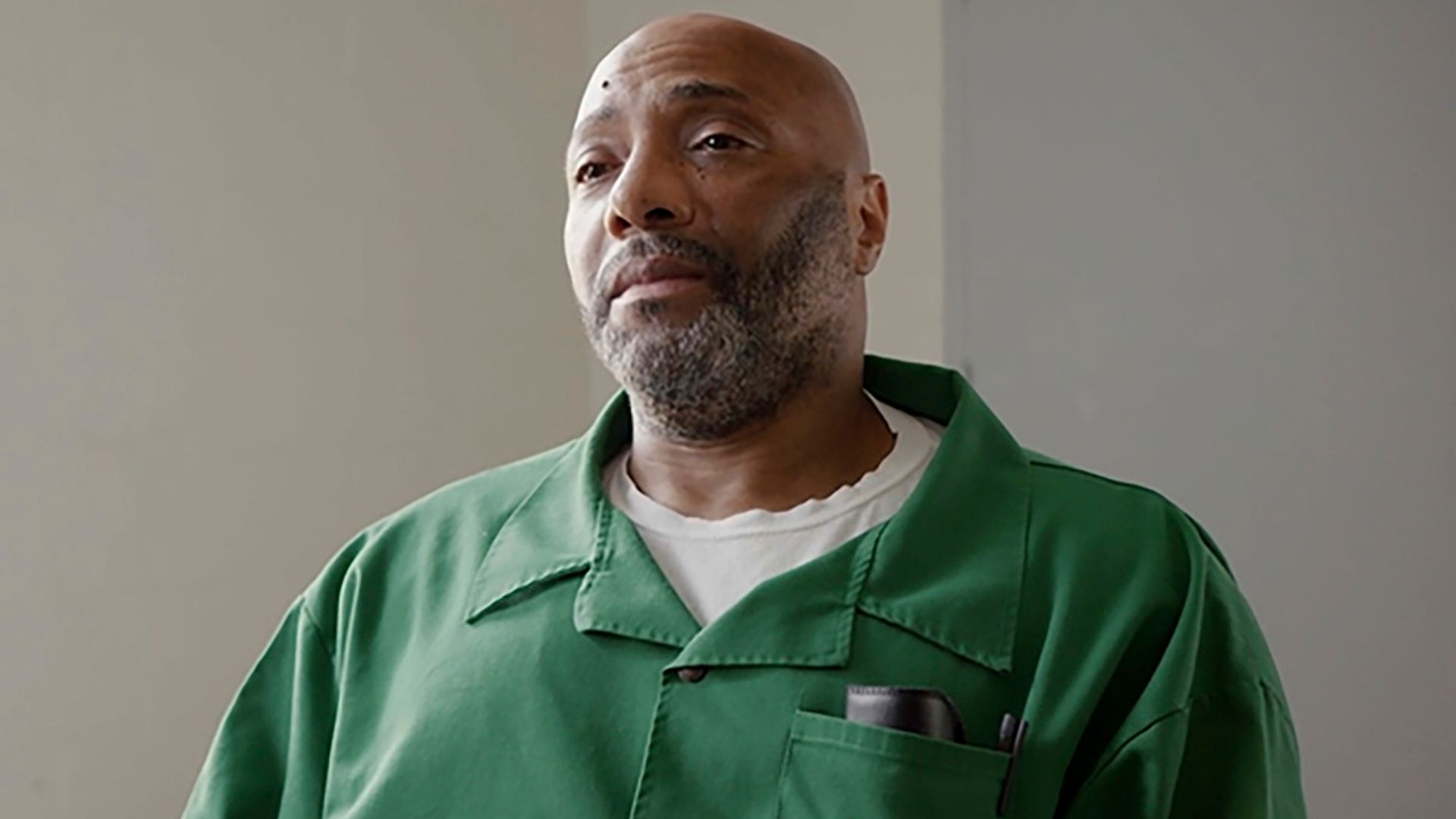
PORTLAND, Maine — Down a quiet, dead end lane in Harrington sits a peaceful graveyard, surrounded by blueberry barrens.
In the center of the modest burying ground stands a towering, polished granite stone with intertwined initials representing the Ray and Nash families.
Beneath the marker lies Capt. Charles Nash and his wife, Laura Ray Nash, both hacked to death with an ax aboard their Maine sailing ship bound for Argentina with a load of finished lumber in 1896, 127 years ago this month
Three suspects emerged after their deaths and one was convicted. But years later, a famous pulp mystery novelist and summertime Mainer’s page-turner loosely based on the notorious murders changed everything. Her fictional account was stuffed with thinly veiled details designed to exonerate the Nashs’ convicted killer. And it worked.
That writer, Mary Roberts Rinehart, was known as the American Agatha Christie and counted two American presidents as friends.
Now, more than a century-and-a-quarter later, the unfortunate Maine couple still waits for justice in their peaceful, Down East graveyard.
Capt. Charles Nash was an experienced mariner and shipbuilder, descending from a long line of both. He oversaw construction of the 158-foot barkentine sailing ship Herbert Fuller as it was built and launched in Harrington in 1890.
“There was not a stick of lumber, or treenail in the vessel that he did not see before it was put in place,” wrote the Boston Globe in 1896, while reporting on the murders.
But Charles Nash was not the most loved shipmaster in Maine’s merchant fleet. He was known to frequently threaten his crews while keeping them in line on long voyages.
In 1893, according to a local newspaper report, the Herbert Fuller’s crew refused to weigh anchor until they were given butter for their morning bread while stopped at a Delaware port. When their captain refused, they informed him they were leaving the ship.
“Only corpses go over the rail,” Charles Nash told them before having them all arrested and replaced with a fresh crew.
Rough treatment from Yankee skippers and mates was commonplace in the 19th century, where the captain’s word was law on the high seas. But Charles Nash seems to have had a particularly bad reputation.
One seaman, named Johnny Ostergren, who served him in 1891 and 1892, called Charles Nash, “One of the most cordially disliked shipmasters sailing deepwater vessels.”
Laura Nash, who frequently sailed with her husband, grew up on the same street in Harrington as her husband. She was said to have been attractive, brunette and pleasant — unlike her husband. The couple, in their 30s when they died, had no children.
Charles Nash had an unusually large and well-appointed stateroom built for them both at the aft of the Herbert Fuller, just astern of the ship’s large, wooden steering wheel.
It was there, in the elegant rooms, that the couple died.
Sometime in the night, between July 13 and 14, someone murdered them and second mate, August W. Blomberg, whose quarters were also aft.
Blomberg died first, struck nine times in his sleeping quarters with a pilfered ax from the ship’s storeroom.
“The first blow crushed a portion of his skull. It was enough to kill him.” wrote Gerard Koeppel in his 2020 book “Not a Gentleman’s Work: The Untold Story of a Gruesome Murder at Sea and the Long Road to Truth.”
Next, the killer dispatched the captain, striking the slumbering skipper with seven blows.
“Several times the axe blade went deep through the skull and into the captain’s brain,” Koeppel wrote.
Laura Nash was awake when she died, holding up her left arm in an attempt to ward off the blows. Several fingers were severed and her hand was left dangling by a few tendons before the killer’s ax found her head as well.
The murderer hit various ship timbers with the ax as well, swinging at least 30 times.
“His victims weren’t just killed,” Koeppel wrote, “they were thoughtfully and thoroughly mutilated.”
A week after the killings, the ship pulled into Halifax, Nova Scotia, with the bodies in tow behind the ship in the captain’s jolly boat. The Halifax Herald newspaper trumpeted the headline, “Carnival of Murder on the High Seas.”
The case was transferred to a United States federal court in Boston where three suspects emerged.
One suspect was a hard-drinking Harvard College dropout and paying passenger named Lester Monks. He said he was sleeping in the cabin between the Nashs’ and Blomberg when he awoke to the sound of a single scream, then a gurgling noise.
The second suspect was a seaman named Charley Brown, a Dutch immigrant with a history of odd comments and mental illness. Brown once attacked his nurse while hospitalized in an asylum.
Brown had been at the wheel, near the cabins, when the killings commenced. It was thought he may have tied off the wheel long enough to murder all three.
The third suspect was the ship’s first mate, Thomas Bram. Born in St. Kitts, Bram was dark-skinned and of mixed race, though he always claimed to be white. Bram had discovered the murder weapon but tossed it overboard.
None of the three had a clear motive for murder.
In the earliest account, Monks said he grabbed his loaded pistol after awakening to the scream, then found the captain, his wife and Blomberg dead before rushing to the deck where he found Bram.
Later, during the investigation, Brown said he’d seen Bram in the companionway, leading to the doomed people’s quarters, before they died.
To this accusation, Bram supposedly replied, “He couldn’t have seen me.”
This apparent slip of the tongue was enough to get him tried and convicted. However, the verdict was appealed and reversed on a technicality. Bram was then tried and convicted again — with only circumstantial evidence and no motive — and sentenced to life in prison.
Bran maintained his innocence throughout the sensational trials. He later became a model federal prisoner, rising to the position of head cook inside penitentiaries in both Massachusetts and Georgia, the public and press soon forgot his name.
His lawyers continued to fight for his freedom, however, finally winning Bram a parole from President Howard Taft in 1913 after 16 years of incarceration. But Bram wanted more. He wanted his name cleared.
Enter the mystery writer.
Rinehart specialized in mysteries, often with supernatural overtones. She’s even thought to be the inspiration for the phrase, “The butler did it,” as he did, in one of her popular novels. When she died in 1958, the New York Times said the Bar Harbor summer resident had sold 10 million books.
In 1914, shortly after learning about the murders at a swanky dinner party, Rinehart published “The After House,” which was loosely based on court documents surrounding Bram’s case. The novel was later serialized in monthly installments in McClure’s Magazine, which also published the works of Sir Arthur Conan Doyle and Mark Twain.
Rinehart’s influential fictional version, set on a yacht, was told from the point of view of the college boy and embellished with a love triangle. A character based on the mentally unstable Brown was the guilty party. The author’s publisher sent copies to both former President Teddy Roosevelt, who’d attended Monk’s wedding a few years earlier, and current President Woodrow Wilson.
Roosevelt, along with the current attorney general and Bram’s lawyers, urged Wilson to pardon the convicted man. The request was denied but two years later, Wilson relented.
Bram was officially pardoned April 22, 1919.
His case was also helped by the fact that in the six years since his release, Bram managed to parlay a coffin shipping clerk job into owning his own ship and making regular coal and lumber runs from mid-Atlantic states to Portland.
Brown ended his days confined to a Dutch hospital and the well-to-do Monks drank himself to death at a not-so-ripe age in Boston. The 80-ish-year-old Bram died in 1947. His local paper described the old salt and one time federal prisoner only as a retired real estate broker.
The Herbert Fuller was sold by the Ray and Nash families, then subsequently sunk by a German U-boat during WWI.
Rinehart’s books have largely been forgotten, but her estate, Farview, still stands in Bar Harbor.
No one else has ever been held accountable for the gruesome murders.









